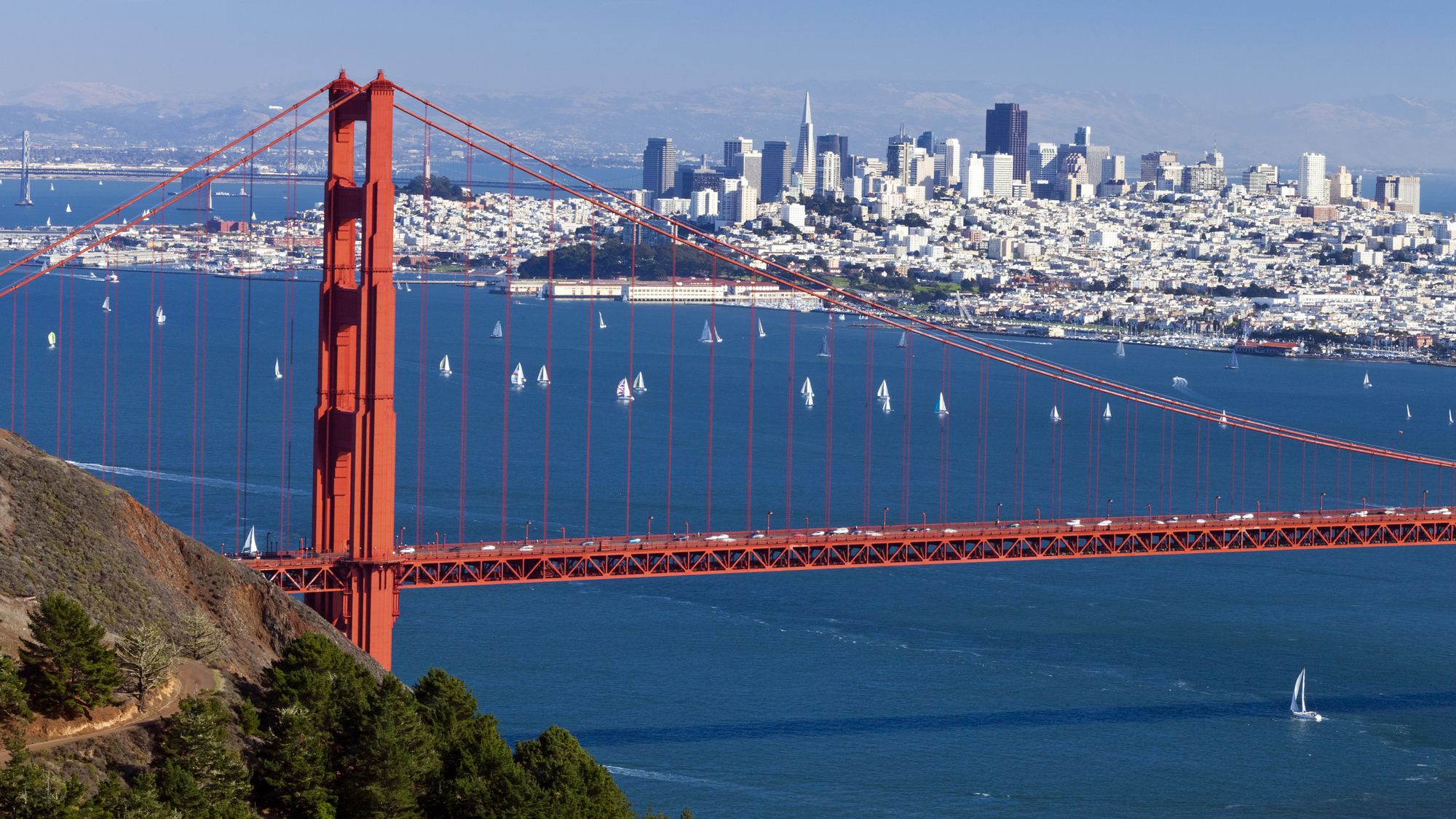

The purpose of a secretive land development project encompassing tens of thousands of acres northeast of San Francisco has been uncovered: a new, high-tech city proposal backed by some of the world’s wealthiest people. The New York Times and Bloomberg report that investors include prominent venture capitalists, LinkedIn’s co-founder, as well as the originators of e-payment company Stripe. All of the investors have recently contributed to the over $800 million plans of Flannery Associates, a low-profile company founded by a 36-year-old former Goldman Sachs trader, whose motives previously remained mysterious for years.
According to a Flannery Associates spokesperson speaking with The NY Times, investors are composed of “Californians who believe that Solano County’s and California’s best days are ahead.” Flannery Associates reportedly will soon begin meeting with local residents, elected officials, and representatives of the nearby Travis Air Force Base to discuss the proposed project—a complicated, far-reaching urban plan that could face steep regulatory, political, and local opposition, according to Bloomberg. California zoning and development laws require complicated legal maneuvering—especially when much of the purchased acreage is currently allotted for wind power and agriculture.
Behind-the-scenes planning for the endeavor reportedly first as early as 2017, according to a pitch obtained by The NY Times. “[T]his effort should relieve some of the Silicon Valley pressures we all feel—rising home prices, homelessness, congestion etc.,” billionaire venture capitalist Michael Moritz wrote in an email to an unnamed potential investor at the time.
[Related: Why the tech billionaires can’t save themselves.]
Although the plans remain nebulous, Bloomberg describes them as including “novel methods of design, construction and governance” encompassing over 52,000 acres. Last week, local residents reportedly began receiving text and email opinion polls allegedly gaging their stances on politics, urban planning, and employment opportunities. A potential future ballot initiative described an urban undertaking including “a new city with tens of thousands of new homes, a large solar energy farm, orchards with over a million new trees, and over 10,000 acres of new parks and open space.” A spokesperson told Bloomberg the project intends to provide “affordable housing,” although the meaning of the descriptor is not concretely defined.
State Representative John Garamendi, whose district includes Travis Air Force Base, told Bloomberg that Flannery Associates has kept him and other local politicians in the dark about the project. Instead of simply buying up land, Garamendi argues the group should have “spent four years working with local community interests to develop a proposal that is beneficial to the communities and the state.”
Plans such as those brewing for Flannery Associates’ investors are just some of several ambitious urban goals recently pursued by Silicon Valley’s wealthiest leaders. Earlier this year, The Wall Street Journal reported Elon Musk’s plans for a new town outside Tesla’s new Austin, Texas, headquarters that would include subsidized housing for company employees, with construction already underway. Multibillionaire PayPal co-founder Peter Thiel has previously invested in still theoretical seasteading projects that would see networks of artificial islands built in tax-free, politically autonomous international waters.
